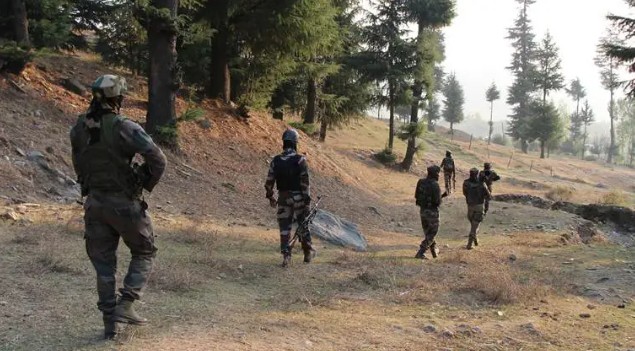As counter terrorism operations continue to strike in Jammu and Kashmir, Pakistan’s diligent aid to support cross-border terrorism is far from receding. While India has successfully neutralized the key perpetrators of Pahalgam attack (22 April 2025) (https://www.thestrategicperspective.org/op-eds/pahalgam-terror-attack/ ) and managed to check cross border terror infiltration, Pakistan has been reported to have re-launched its activities in rebuilding the terrorism related infrastructure eliminated by India during Operation Sindoor. (https://www.thestrategicperspective.org/articles/indian-response-to-pahalgam-terror-attack/ )
In the past 3 months, reports of at least 15 terror camps and launch pads have erupted across Pakistan-occupied Jammu and Kashmir (PoJK). According to various sources, the camps have been rebuilt with the support of Inter-Services Intelligence (ISI) and other Pakistani government agencies.
The camps are being strategically build in locations such as Kel, Shardi, Dudhniyal, Athmuqam, Jura, Lipa Valley, Tandapani, Nayyali, Jankot, and Chakothi.
There are also reports of launch pads along the International Border in the Jammu region along Masroor, Chaprar, with a drone center at Shakargarh being brought to use.

On 30 July 2025, the Zee News confirmed the involvement of Pakistani government agencies in rebuilding infrastructure destroyed during India’s Operation Sindoor. According go the report, the terror outfits are employing recent technologies to evade surveillance and reinforce militant capabilities.
The recent methods employed the ISI and the terror outfits is expected to surpass the previous one, especially in regard to the utilization of modern tactics and technologies.
In order to boost their effectiveness, Pakistan has resorted to constructing small, high-tech “mini camps” which are expected to train 20–30 terrorists at a time, unlike the ones from before which targeted the training of 70–80 militants. The camps are being built in dense forests to mask the activities and are reportedly equipped with radar camouflage, satellite masking, and other advanced tools.
According to various reports, the ISI has allocated 100 crore Pakistani rupees (USD 350 million) to fund these activities. (https://www.thestrategicperspective.org/articles/will-fatf-bell-the-pakistani-cat/ )
The decision was formulated at a high-level meeting in Bahawalpur (stronghold of Jaish-e-Mohammed (JeM)) in June 2025.
According to Indian intelligence agencies, the meeting was attended by top commanders of JeM, Lashkar-e-Taiba (LeT), Hizbul Mujahideen (HM), The Resistance Front (TRF), and senior ISI officers. The purpose of the meeting was to reorganize operational leadership, redistribute weapons, and resume recruitment efforts both in Pakistan and Jammu & Kashmir.
According to sources, the current objective of the ISI terror collaboration is to pump more effort in recruiting local youth and bolstering the preexisting networks in PoJK.
The new modus operandi has also become inclusive of an incremented recruitment of women and children in the new camps to utilize them as armours.










